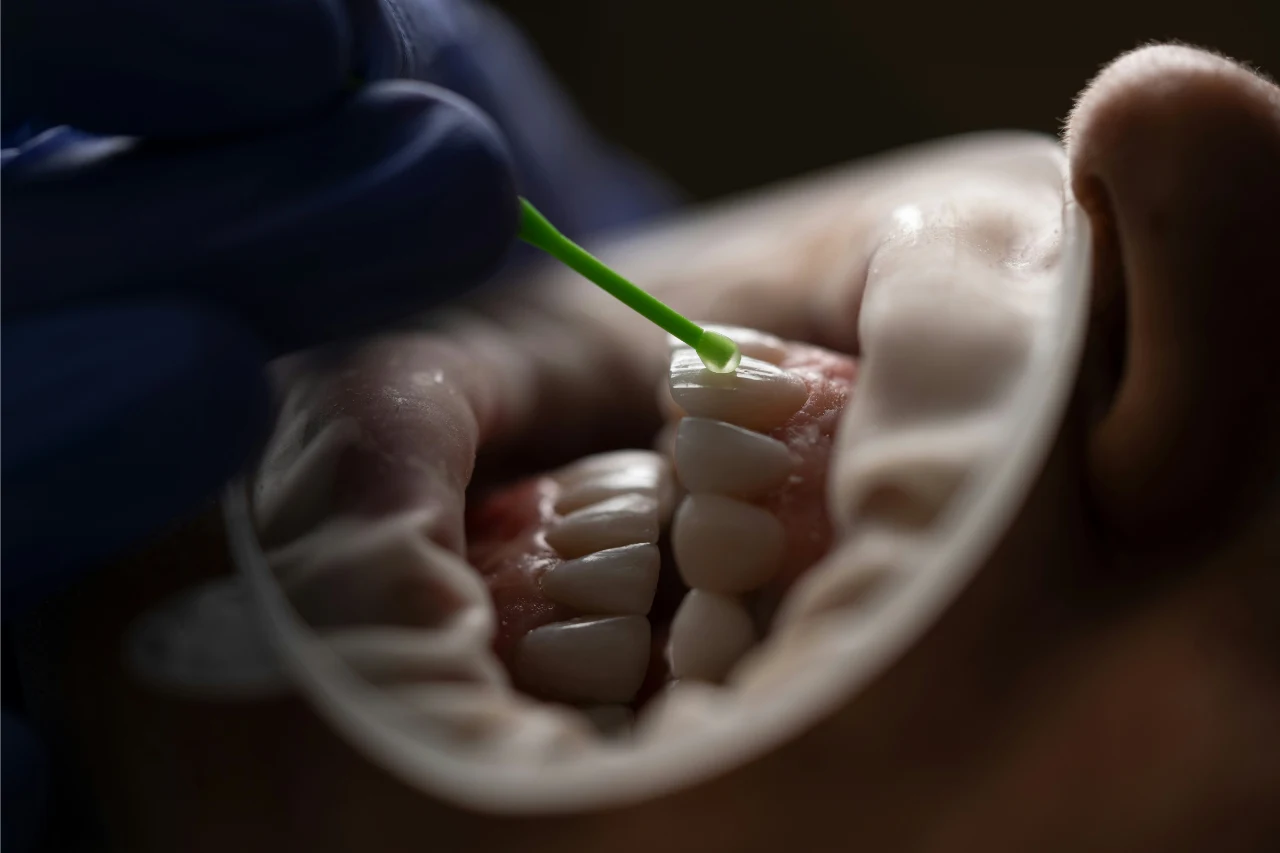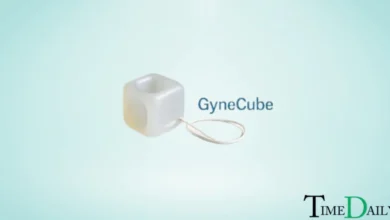Crest Whitestrips vs. Other Whitening Products: Ingredient Breakdown

When it comes to achieving a brighter smile, many people find themselves torn between Crest Whitestrips vs whitening toothpaste. Both are widely available and claim to whiten teeth, but their active ingredients, methods of action, and results vary significantly. This guide will break down everything you need to know to help you make an informed choice.
Key Differences in Whitening Ingredients
Crest Whitestrips: How They Work
Crest Whitestrips are thin, flexible strips coated with a whitening gel. Their active ingredient is typically hydrogen peroxide, which penetrates the tooth enamel to remove deep-set stains.
Key Ingredient: Hydrogen Peroxide
How It Works:
- Breaks down stains below the surface
- Typically used for 30 minutes daily for 10–20 days
- Results last several months with proper care
Whitening Toothpaste: What’s Inside?
Whitening toothpaste uses mild abrasives and sometimes low levels of hydrogen peroxide or carbamide peroxide to polish surface stains.
Common Ingredients:
- Baking soda (sodium bicarbonate)
- Silica (abrasive)
- Low-dose hydrogen peroxide
- Fluoride (for cavity prevention)
How It Works:
- Removes surface stains
- No penetration into enamel
- Requires continuous, long-term use for minor whitening effects
Effectiveness: Which Works Better?
Crest Whitestrips
- Pros: Deeper stain removal, quicker results, noticeable difference within 1–2 weeks
- Cons: Potential sensitivity, temporary gum irritation
Whitening Toothpaste
- Pros: Easy to use daily, low risk of sensitivity
- Cons: Limited effectiveness, mostly surface-level whitening
Safety and Side Effects
Crest Whitestrips
- Can cause temporary tooth sensitivity
- Overuse may damage enamel
- Always follow manufacturer’s instructions
Whitening Toothpaste
- Safe for daily use
- Minimal risk of side effects
- Avoid toothpaste with harsh abrasives that may damage enamel
Cost Comparison
| Product Type | Average Cost | Frequency of Purchase |
| Crest Whitestrips | $25–40 | Every 3–6 months |
| Whitening Toothpaste | $3–8 | Monthly |
Which One Should You Choose?
Choose Crest Whitestrips if:
- You want fast, noticeable results
- You’re okay with occasional sensitivity
- You have deep-set or older stains
Choose Whitening Toothpaste if:
- You prefer a gentle, daily routine
- You’re looking to maintain existing whiteness
- You want a lower-cost option
FAQs
What is the main difference between Crest Whitestrips and whitening toothpaste?
Crest Whitestrips use hydrogen peroxide to whiten below the enamel, while whitening toothpaste removes only surface stains with abrasives or mild chemicals.
Are Crest Whitestrips safe to use regularly?
Yes, when used as directed. Overuse can lead to sensitivity or enamel damage.
How long does it take to see results from Crest Whitestrips?
Most users see visible results within 5–7 days, with full results in about 14 days.
Can I use whitening toothpaste with Crest Whitestrips?
Yes, combining both is often recommended for maintaining results and reducing stains between treatments.
Is one method more affordable than the other?
Whitening toothpaste is cheaper upfront but may be less effective long-term. Crest Whitestrips cost more but deliver faster, longer-lasting results.
Final Thoughts
When comparing Crest Whitestrips vs whitening toothpaste, your choice should depend on your whitening goals, budget, and sensitivity level. Crest Whitestrips offer stronger, longer-lasting results thanks to their active ingredient (hydrogen peroxide). In contrast, whitening toothpaste is better suited for daily maintenance and minor surface stains.
Combining both can even yield the best results: use Crest Whitestrips occasionally and whitening toothpaste for ongoing care.




